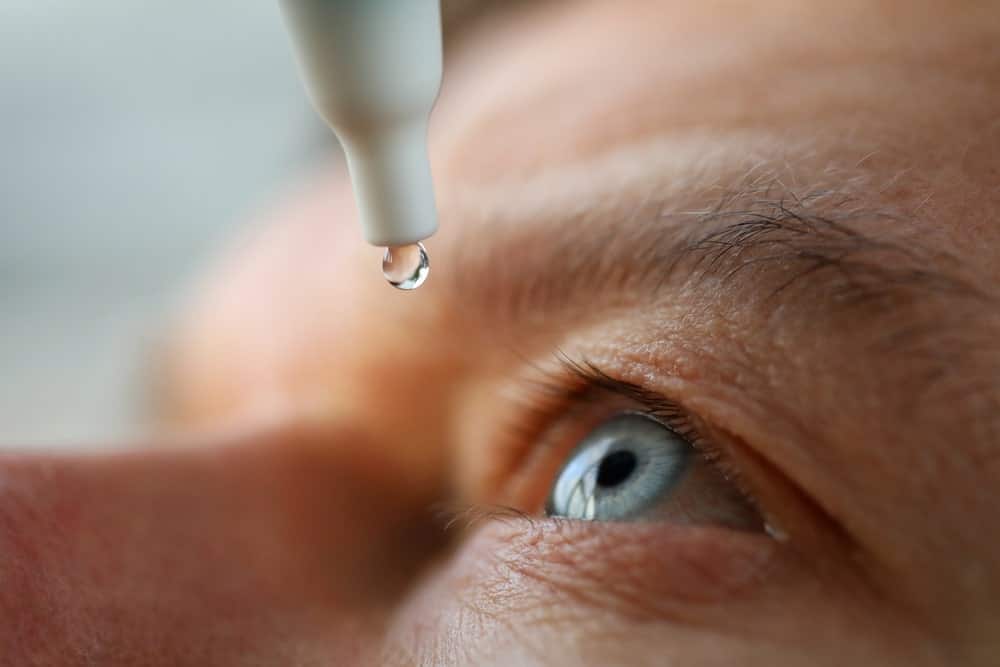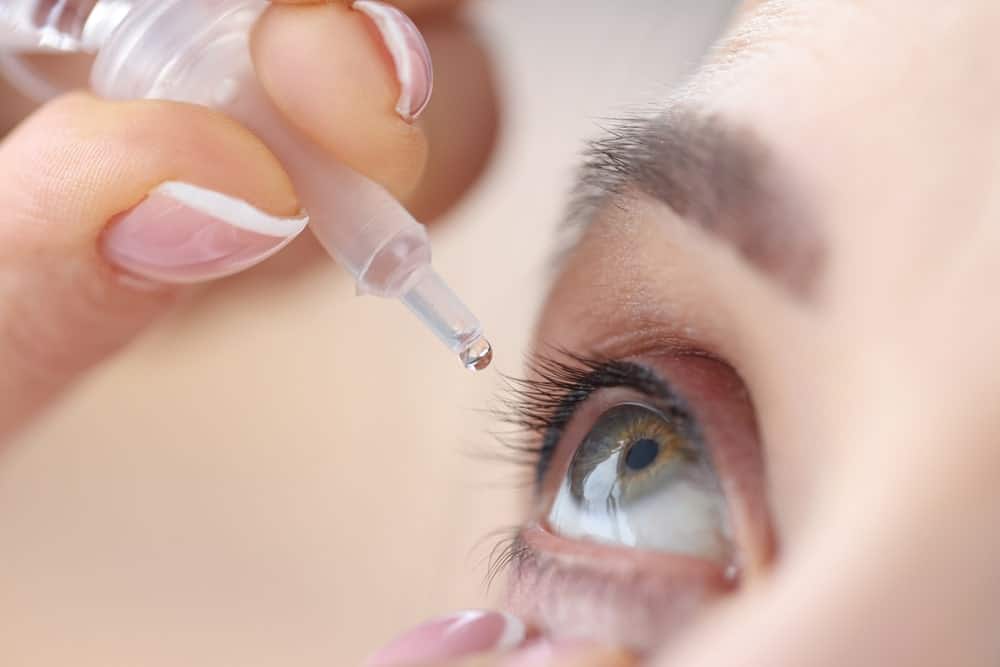Over 3.4 million people in the United States who are 40 years and older suffer from something known as “legal blindness”, which means a visual acuity of 20/200 or less in the better-seeing eye or visual field of 20 degrees or even less.
Or, they might suffer from corrected vision (visual acuity of 20/40 or even less), as the Centers for Disease Control and Prevention showed. Moreover, 7% of U.S. children under 18 have been diagnosed with an eye disease or other condition.
Almost 3% of children under 18 are now blind or suffer from impaired vision. Vision loss is one of the top 10 causes of disability in the United States, especially in adults over 18 years old, and also one of the most common conditions in children.
However, there’s also good news: it’s truly never too late to start taking care of your eye health. Constant eye health appointments and eye exams could lead to early diagnosis. This is mandatory for correcting or even slowing the majority of eye conditions. You should constantly check with your eye care professional if your vision issues last for more than a couple of days.

Common eye diseases
There are four common eye conditions that could lead to loss of vision and blindness:
- cataracts
- diabetes-related retinopathy
- glaucoma
- age-related macular degeneration
But there are hundreds of other eye diseases and disorders you need to pay attention to.
What is macular degeneration?
Macular degeneration (also known as age-related macular degeneration or even AMD) is an eye disease that mainly affects the central vision. The damage targets the macula, which is the center area of your retina, which allows you to see fine details.
It’s also the leading cause of vision loss in people who are over 60 years old. Macular degeneration could either be wet or dry. Wet AMD usually occurs when abnormal blood vessels grow under the macula and leak blood and fluid.
This also damages the macula and leads to loss of central vision. Dry AMD could potentially result in the thinning of the macula, which in time, can blur your vision. Dry AMD is way more common than its wet form, accounting for 70% to 90% of cases. Some of the main symptoms of AMD, which aren’t generally noticed, include:
- blurred central vision
- black/dark spots in the center part of the field of vision
- wavy and curved appearance to straight lines
Even if there’s no cure, the treatment is quite efficient in slowing the progress of the disease and preventing severe vision loss. Most recent advances have been made in macular degeneration treatment of wet AMD, thanks to intraocular injections of anti-VEGF medications.
Cataract
A cataract is a clouding of your eye’s lens. This cloudy lens could develop in one or both eyes. Cataracts are among the world’s leading causes of blindness. In the United States, cataracts are also the leading cause of reversible vision loss. They can occur at any age, and they’re even present at birth, but they’re way more common in people who are over 50 years old. Some of the most common symptoms of cataract include:
- cloudy and blurry vision
- certain glare around lights, especially at night
- trouble seeing in the dark
- sensitivity to bright light
- Need for bright light to read
- changes in the way you perceive color
- constant changes to your eyeglass prescription
If you’re considering surgery to remove and replace that cloudy lens with an artificial one, it’s worth noting that it has a high success rate, as more than 90% of people reported better eyesight after cataract removal.
What is diabetes-related retinopathy?
Diabetes-related retinopathy is a rather common complication of diabetes. It’s also one of the main causes of blindness in adults in America. Diabetes-related retinopathy is mainly a disease in which there’s constant damage to blood vessels in the retina, caused by long-term unmanaged high sugar (glucose levels in your blood.
The retina is the light-sensitive tissue in the eye that’s also needed for clear vision. The majority of people with diabetes-related retinopathy show absolutely no vision changes, not until the disease is quite serious. In others, symptoms usually come and go. Some of the main symptoms include:
- blurred/ distorted vision
- new color blindness and seeing colors as faded
- poor night vision
- small dark spots or streaks in the vision
- trouble reading and seeing faraway objects
Among treatments, there are injections with a specific kind of medication and surgery that mainly addresses repairing and shrinking blood vessels in the retina.
Glaucoma
Glaucoma is an eye disease that comes from higher-than-normal fluid pressure in the eye. The pressure might damage the optic nerve, which also affects how visual information is transmitted to the brain.
However, undetected and untreated glaucoma could lead to vision loss and even blindness in one or both eyes. Glaucoma generally runs in families. There are two main types of glaucoma. Open-angle glaucoma starts slowly in time and you might not even notice any vision change until the disease is advanced.
Closed-angle glaucoma could happen suddenly. It’s very painful and could cause loss of vision fast. Some of the main symptoms include:
- eye pain and pressure
- headaches
- red eyes
- rainbow-colored halos around lights
- bad vision, blurred vision, tunnel vision, or blind spots
- nausea and vomiting
Treatment generally focuses on reducing eye pressure and could also include prescription eye drops, laser therapy, and even surgery.

What’s retinal detachment?
Retinal detachment is basically a separation or detachment of the retina from its underlying tissues that hold it in place within the eye. This is a very serious eye condition that could lead to blindness if not treated properly. You might not show symptoms, depending on the severity of the detachment, but if you do, these could be:
- seeing flashes of light
- dark spots and squiggly lines drifting across the vision
- darkening and covering of part of your vision or your side vision
Some treatments might include laser therapy and different surgical approaches to seal and close the retinal tear and carefully reattach the retina.
What are the most common eye conditions in children?
Here’s a list of eye conditions worth mentioning in children:
- amblyopia: also known as “lazy eye”, it takes place when your child’s brain and one eye aren’t working as they should. In this case, the brain favors the better-seeing eye. They might present reduced vision in the non-favored eye, and generally, this is the most common cause of vision impairment in children.
- strabismus: Strabismus is basically a lack of coordination between the eyes, which makes one of the eyes cross or turn out. Your kid’s eyes don’t focus together on a single image at the same time, which could cause reduced 3D vision.
- conjunctivitis: also known as pink eye, is an inflammation of the clear tissue that lines the inside surface of your eyelid and the outer coating of the eye. This tissue is known as conjunctiva, and it’s meant to keep the eyelid and eyeball moist. Pink eye is highly contagious, especially among the little ones. Even if it doesn’t damage vision, it causes itchiness, redness, blurriness, tearing, and of course, discharge.
Refractive eye conditions
Refractive eye issues might cause you to have problems with your focus. When dealing with this, light is improperly bent as it passes through the cornea and lens. These refractive errors are general eye issues, especially in the United States. They can be helped and alleviated with eyeglasses, contacts, or even surgery.
Dealing with a stye? Here’s a good eye ointment to make the stye go away!
If you found this article insightful, we also recommend checking: 7 Signs That Somebody Is near the End of Their Life






